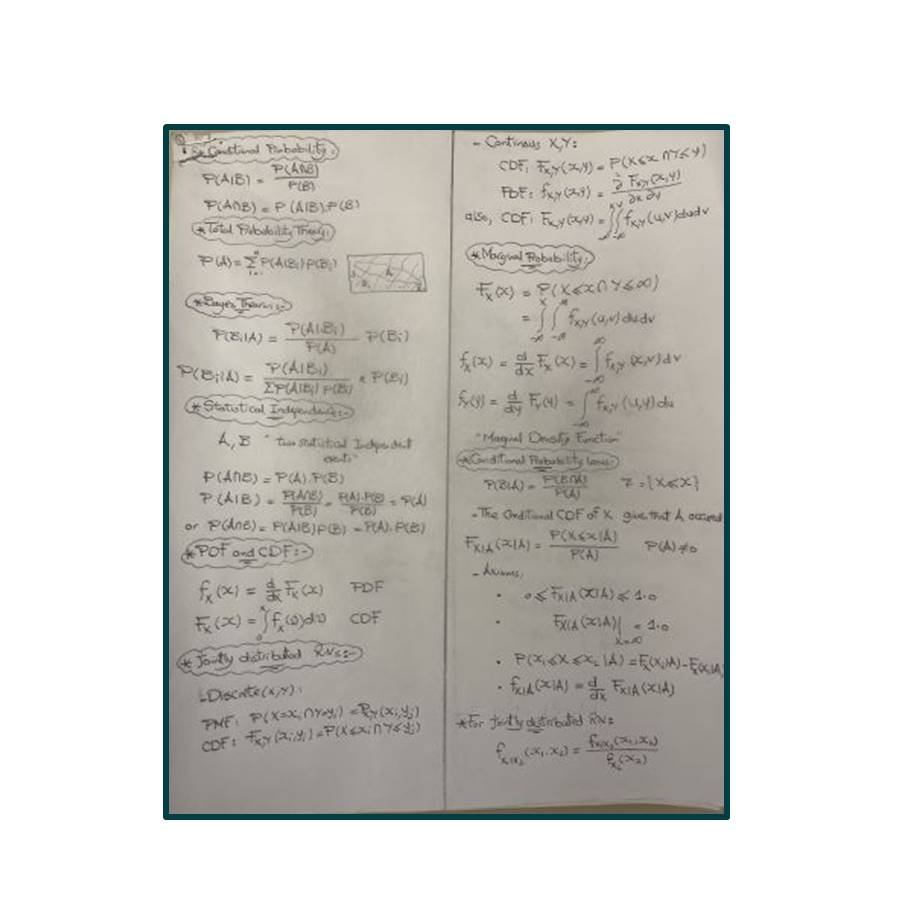Description
Name of Hand Note :- Structural Reliability Hand Note
Page Length :- 15
Preface
Structural reliability analysis is part of quantitative RBI and takes deterministic stress/fatigue analysis results, coupled with degradation mechanisms (e.g. corrosion rate, crack propagation parameters, etc.), and calculates the time-varying structural reliability index of selected structural components or connections. The results are used to identify how often the components should be inspected.
The reliability target level is an acceptance criterion used to judge the adequacy of the calculated structural reliability index (or equivalently, the failure probability). These targets are effectively used to determine what the appropriate inspection frequency should be, knowing that degradation of the structure is occurring with time (i.e., strength loss is occurring due to corrosion as well as fatigue damage accumulation) and, if a particular failure occurs, the specific consequences that may result.
Strength reliability analysis considers changes in both loading and strength with time. An illustration of the time-variant reliability problem is shown in Fig. 17.11. S (t) represents the loading with time and R (t) represents the strength resistance which is degrading with time due to corrosion. The figure shows a deterministic representation of the problem. In the reliability analysis, whether the resistance will cross the load process (i.e. first-passage) is a probabilistic quantity (i.e. probability of failure). The acceptance of this probability of failure needs to be set from the criticality (i.e., consequence) of the component. The consequence of the component is identified in the qualitative risk assessment.









Reviews
There are no reviews yet